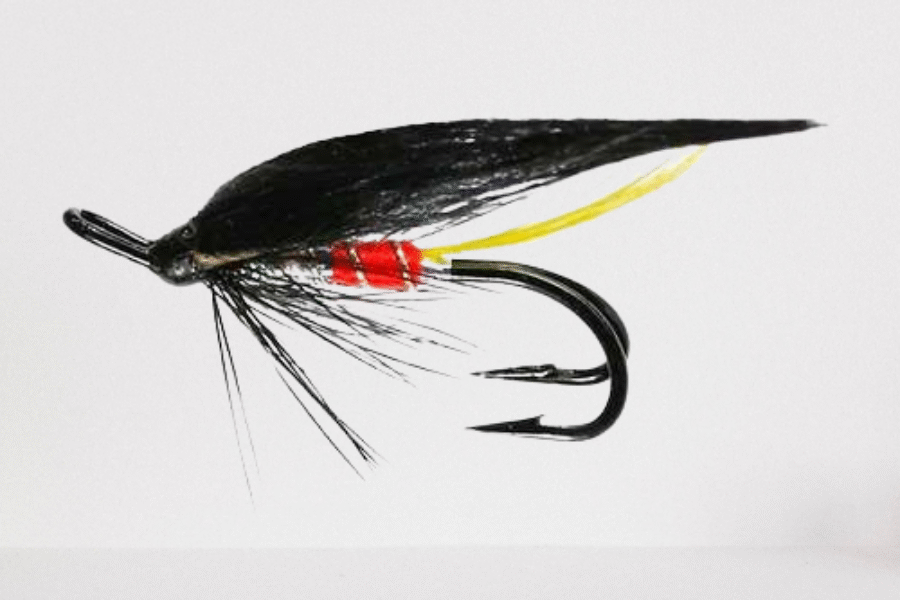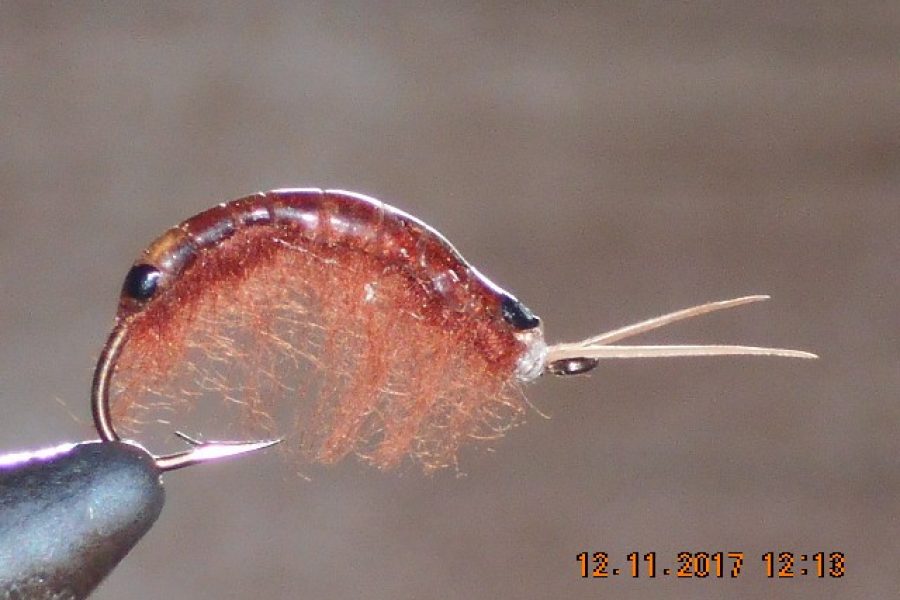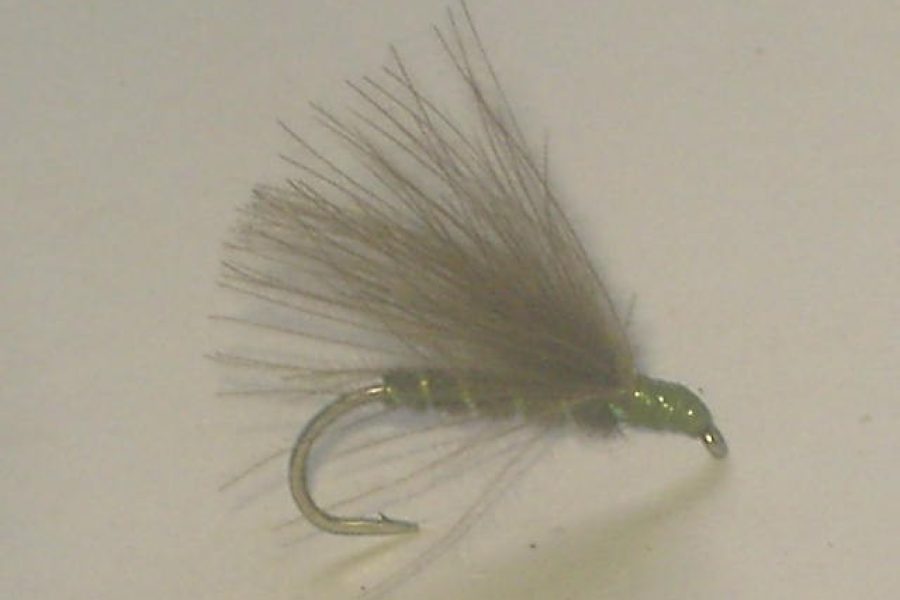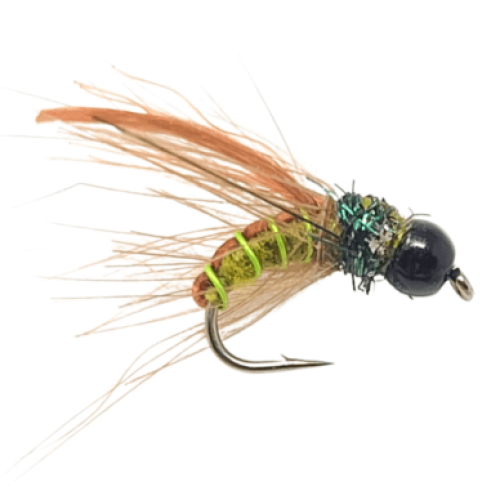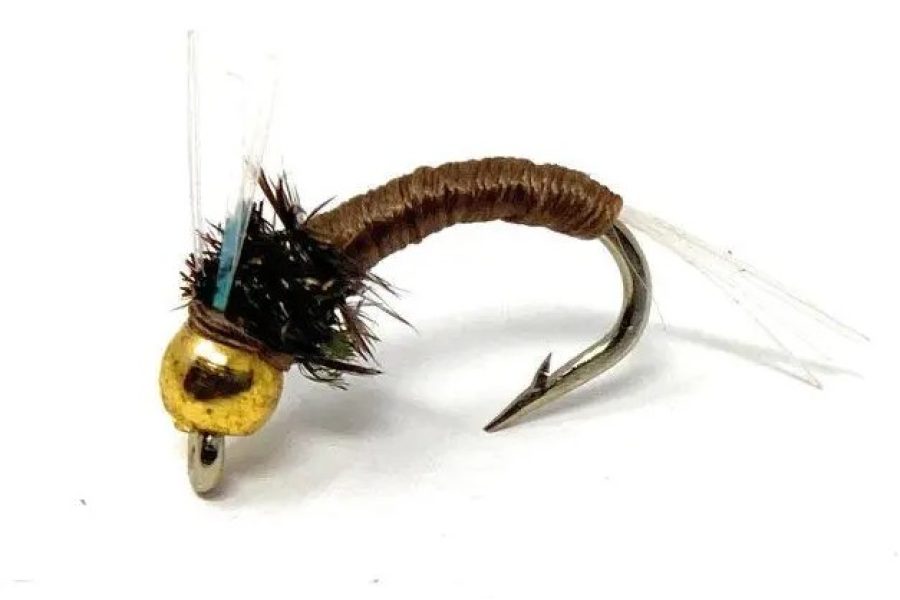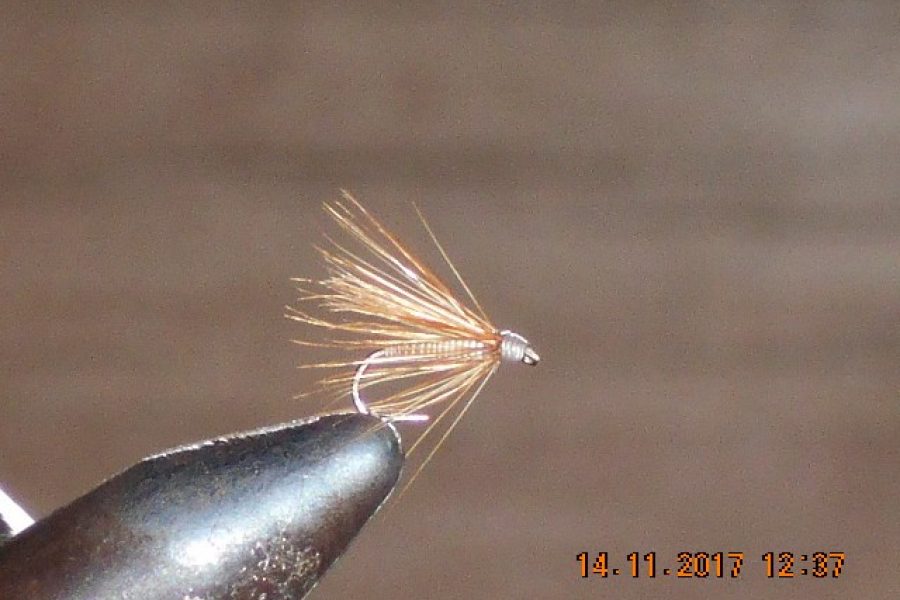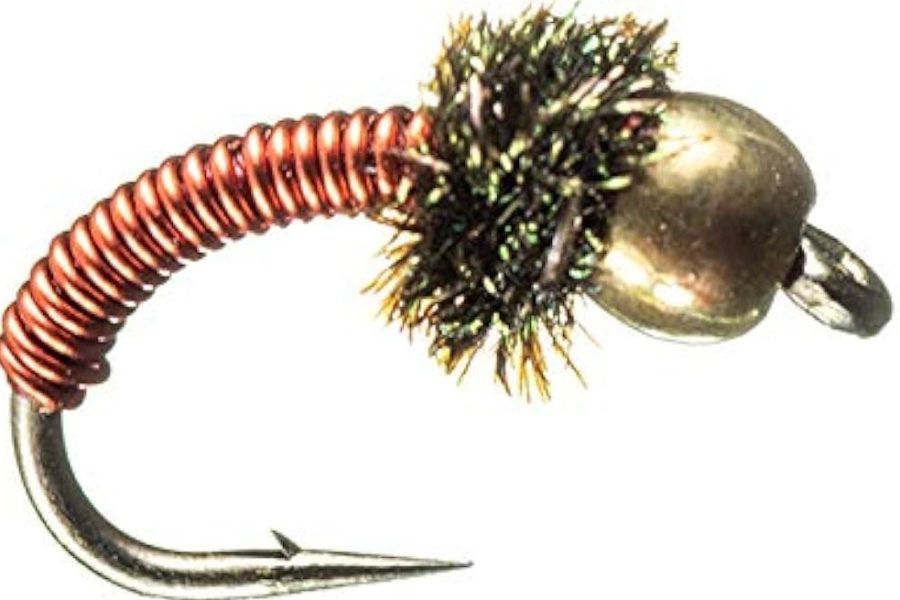Description
Boden’s Toxic Midge Pupa fly represents the pinnacle of modern midge pattern development, engineered specifically for the most challenging fishing scenarios. This innovative pattern has revolutionized how anglers approach technical midge fishing, particularly during those critical emergence periods when trout become highly selective. The pattern’s effectiveness stems from its perfect balance of realistic profile and triggering characteristics, making it a must-have pattern for serious trout anglers.
Specialized Construction Features The genius of this pattern lies in its meticulous attention to detail:
- The precisely curved hook creates a natural emergence posture
- UV-enhanced dubbing provides a realistic translucent effect
- Segmented body construction mimics natural midge pupae
- Contrasting wing case triggers predatory responses
- Subtle flash materials suggest movement without overwhelming
- Proportioned bead provides ideal sink rate
- Durable materials ensure longevity
- Optional UV coating enhances realism
- Specialized thorax design suggests movement
- Multiple color variations match natural insects
Strategic Fishing Applications Tailwater Techniques:
- Dead-drift presentations in consistent flows
- Multiple-depth coverage strategies
- Structure-oriented approaches
- Precise mending techniques
- Indicator adjustment methods
- Line control strategies
- Strike detection refinements
- Pattern rotation tactics
- Leader length adaptations
- Tippet size considerations
Spring Creek Strategies:
- Sight fishing approaches
- Stealth presentation methods
- Clear water tactics
- Bank-side positioning
- Shadow management
- Current seam exploitation
- Weed bed navigation
- Pattern size selection
- Color matching techniques
- Timing considerations
Advanced Rigging Methods Leader Construction:
- Extended leader systems for clear water
- Specialized tippet selections
- Strategic dropper placement
- Weight distribution techniques
- Tangle prevention methods
- Line diameter progression
- Knot selection criteria
- Breaking strength considerations
- Visibility management
- Leader turnover dynamics
Multiple Fly Configurations:
- Tandem rig designs
- Weight placement strategies
- Pattern combination selection
- Spacing optimization
- Drift management techniques
- Strike detection enhancement
- Leader balance considerations
- Casting adaptation methods
- Depth control strategies
- Pattern rotation protocols
Seasonal Adaptation Techniques Winter Applications:
- Deep pool targeting methods
- Slow presentation strategies
- Temperature adaptation techniques
- Light condition considerations
- Feeding window optimization
- Pattern size adjustment
- Color selection criteria
- Depth management strategies
- Strike detection refinement
- Leader system modification
Summer Strategies:
- Early morning tactics
- Evening hatch approaches
- Oxygen level considerations
- Temperature pattern matching
- Light penetration adaptation
- Current seam exploitation
- Depth variation techniques
- Pattern rotation strategies
- Feeding behavior matching
- Presentation speed adjustment
Specialized Habitat Approaches Deep Run Tactics:
- Current speed assessment
- Depth calculation methods
- Weight adjustment techniques
- Drift line selection
- Structure approach strategies
- Pattern size optimization
- Color selection criteria
- Leader length adaptation
- Strike zone identification
- Recovery technique refinement
Shallow Water Methods:
- Stealth presentation approaches
- Shadow management techniques
- Leader system adaptation
- Pattern size selection
- Color matching strategies
- Cast placement precision
- Drift control refinement
- Fish spotting methods
- Approach angle consideration
- Recovery technique modification
Technical Presentation Refinements Dead-Drift Excellence:
- Precise mending techniques
- Line control strategies
- Leader turnover methods
- Drift speed matching
- Current seam navigation
- Pattern depth control
- Strike detection enhancement
- Recovery position optimization
- Cast placement precision
- Follow-through techniques
Swing and Lift Mastery:
- Speed control methods
- Depth management strategies
- Pattern movement control
- Strike zone coverage
- Fish behavior matching
- Current utilization
- Pattern action enhancement
- Recovery position selection
- Strike detection refinement
- Follow-up presentation planning
Environmental Adaptation Strategies High Water Conditions:
- Pattern size adjustment
- Weight modification techniques
- Color selection strategies
- Presentation speed adaptation
- Depth control methods
- Structure approach refinement
- Safety consideration protocols
- Recovery technique modification
- Pattern rotation strategies
- Leader system adaptation
Low Water Scenarios:
- Stealth presentation enhancement
- Pattern size reduction
- Color matching precision
- Leader length extension
- Approach angle refinement
- Cast placement accuracy
- Shadow management techniques
- Recovery position selection
- Strike detection sensitivity
- Pattern rotation protocols
Boden’s Toxic Midge Pupa represents the culmination of advanced pattern design and practical fishing application. Its versatility across various water types and conditions, combined with its proven effectiveness during challenging midge hatches, makes it an essential pattern for the technical angler. Whether targeting selective trout in crystal-clear spring creeks or presenting to deep-holding fish in tailwaters, this pattern consistently produces results when properly presented and matched to conditions.
Additional information
| Hook size | 16, 18, 20, 22 |
|---|---|
| Hook type | Barbed Hooks, Barbless Hooks |

